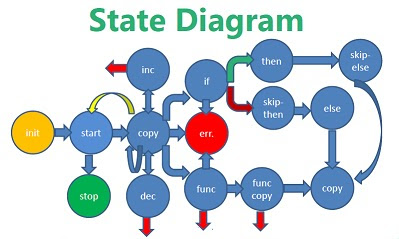A couple of months have passed till I could eliminate a long-standing issue. After making minor modifications to the control board, and also improving the RAM/ROM module the whole thing has stopped working. Voltage level dropped to about 2.0 V. I have almost given up, since I did not have a clue what was causing this problem. I checked, doublechecked and triplechecked all boards, all connections in vain.
I have spent hours and days to resolve this issue. Finally, I took everything apart. Extended the tester module to give additional control signals for the clock generator. I connected the RAM/ROM, the clock generator and the test modules. Ok, it worked fine. Then, I started adding more boards...
But no signals could be detected at the control board. This was due to some bad wiring, leaving out ground signals. Ok, added ground signals. Almost everything was connected and it was still working.
But when I have plugged the address/control switch bus (bus 5), the clock faded. I tested it wire by wire to find out that again a power line (bad soldering) and ground signal were responsible for this. Finally, it worked just fine, the clock, the RAM/ROM, the control board together.
Then, I have added the ALU and register modules. So everything is interconnected as depicted in the picture below and the whole thing is just working fine. At least it seems to be working. I still need to test ALU and register modules being conntected. Once it is done, I could continue with the finishing touches. Basically I just need to add some EPROMs (with micro-programs) and some control logic.




